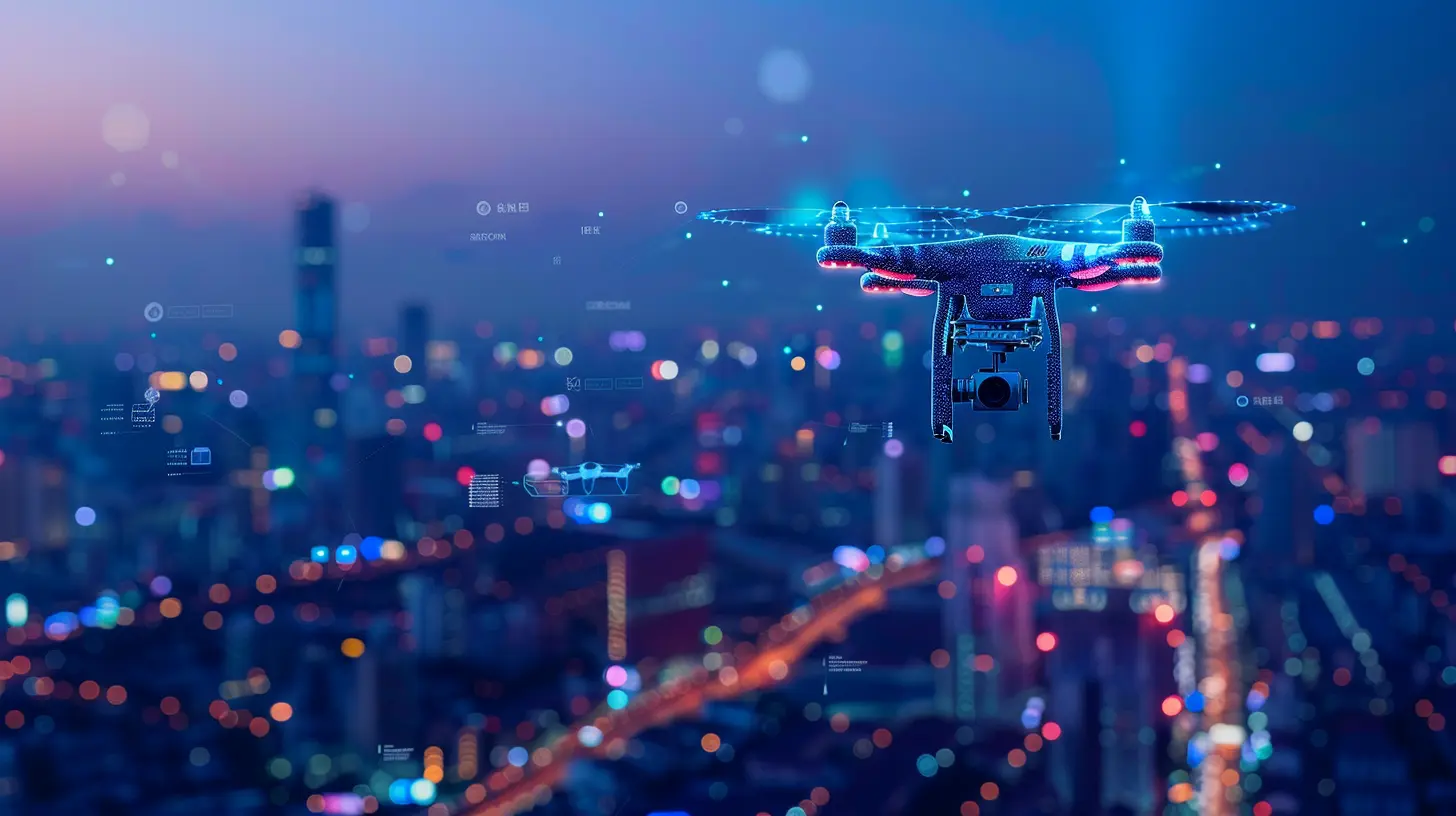How Telecom Is Enabling the Future of Autonomous Drones
21 November 2025
Autonomous drones are no longer a vision of the future—they are here, transforming industries from logistics to agriculture, security, and even disaster relief. But have you ever wondered what makes these unmanned aerial vehicles (UAVs) capable of flying independently while maintaining real-time communication with ground stations? The answer lies in a critical enabler—telecom infrastructure.
Telecom networks, particularly 5G and beyond, are playing a pivotal role in making autonomous drones smarter, faster, and more reliable. In this article, we’ll dive deep into how telecom is revolutionizing the future of autonomous drones, the challenges it addresses, and what lies ahead for these high-tech flying machines.

The Backbone of Drone Autonomy: Telecom Networks
1. Connectivity Is Key
For a drone to be truly autonomous, it must continuously send and receive real-time data. Traditional radio-based communication systems have limitations in range and bandwidth. That's where telecom networks step in.Cellular networks, especially 4G LTE and 5G, provide stable, high-speed, low-latency connections, ensuring drones can relay critical telemetry data and receive commands without significant delays. Think of it as a drone having an invisible tether to a vast, cloud-connected brain that helps it navigate, make decisions, and avoid obstacles.
2. 5G: The Game-Changer for Drones
5G is a revolution for drones, offering three major advantages over previous telecom technologies:- Ultra-Low Latency: Delays in communication can be disastrous for drones operating in real-time. 5G reduces latency to as low as 1 millisecond—almost instant!
- Higher Bandwidth: More bandwidth means drones can send large volumes of high-resolution video footage and sensor data without congestion.
- Massive Device Connectivity: 5G supports thousands of devices within a small area, allowing a swarm of drones to operate seamlessly without network interference.
3. Beyond 5G: What’s Next?
While 5G is still being rolled out worldwide, researchers are already working on 6G and satellite-based telecom solutions to support drones beyond urban environments. These future networks will enable even faster data transfer, seamless global coverage, and improved AI-driven decision-making for UAVs.
How Telecom Is Revolutionizing Drone Applications
1. Drone Delivery Services
E-commerce giants like Amazon and Walmart are pushing drone delivery as the next big thing. But for drones to autonomously pick up and drop off packages without human intervention, they need precise navigation and communication.Telecom enables:
- Real-time route optimization based on weather and traffic conditions
- Stable connectivity for command and control systems
- Enhanced security to prevent hacking or signal jamming
2. Agriculture: Smart Farming with Drones
Farmers are leveraging drones for crop monitoring, pesticide spraying, and soil analysis. With telecom-enabled drones, agricultural operations become more precise and efficient.How does telecom help?
- Live data streaming for instant insights into crop health
- AI-powered decision-making based on cloud-processed analytics
- Remote operation from anywhere via mobile or web-based platforms
3. Disaster Response and Search & Rescue
Drones are increasingly used to assess natural disasters, locate survivors, and deliver emergency supplies. Telecom connectivity ensures seamless operation even in disaster-stricken areas.The role of telecom:
- Real-time HD video feeds for emergency responders
- Inter-drone communication for coordinated search efforts
- Swift response time through instant command relays
4. Urban Air Mobility & Smart Transportation
Autonomous aerial taxis and cargo drones could soon become part of smart cities, reducing road congestion and enhancing transport efficiency. However, such systems require uninterrupted telecom connectivity to function safely and effectively.Telecom’s contribution:
- Network slicing to allocate dedicated bandwidth for aerial vehicles
- V2X (Vehicle-to-Everything) communication for real-time coordination with air traffic control
- Autonomous traffic management systems powered by 5G & AI

Challenges and Telecom’s Role in Overcoming Them
1. Network Coverage & Dead Zones
Drones often fly beyond urban areas where telecom coverage is weak. This limits their operational range. Solutions?- Low Earth Orbit (LEO) satellites like Starlink to provide global connectivity
- Hybrid networks combining cellular and satellite links for seamless transitions
2. Cybersecurity Threats
With increased connectivity comes the risk of hackers intercepting signals, spoofing GPS locations, or taking control of drones.Telecom enables security measures like:
- End-to-end encryption for secured data transmission
- Multi-factor authentication for drone control access
- AI-powered anomaly detection to identify hacking attempts
3. Air Traffic Management & Regulations
A sky full of autonomous drones needs a well-structured traffic management system. Governments and regulatory bodies are working on integrating drones into controlled airspace.Telecom assists by:
- Providing real-time tracking of drones via cellular networks
- Facilitating Remote ID—similar to a digital license plate for drones
- Supporting AI-driven air traffic management systems

The Future: What Lies Ahead?
We are only scratching the surface of what telecom-enabled drones can achieve. With advancements in AI, edge computing, and next-gen telecom networks, we can expect:- Fully autonomous drone swarms capable of performing complex coordinated tasks
- Seamless integration with smart city infrastructure for logistics and surveillance
- Advanced AI-driven decision-making for real-time problem-solving
Telecom is undeniably the backbone of the autonomous drone revolution. As networks continue to evolve, drones will become more sophisticated, reliable, and widely adopted across industries. The sky is no longer the limit—it’s just the beginning.
all images in this post were generated using AI tools
Category:
TelecommunicationAuthor:

Ugo Coleman

